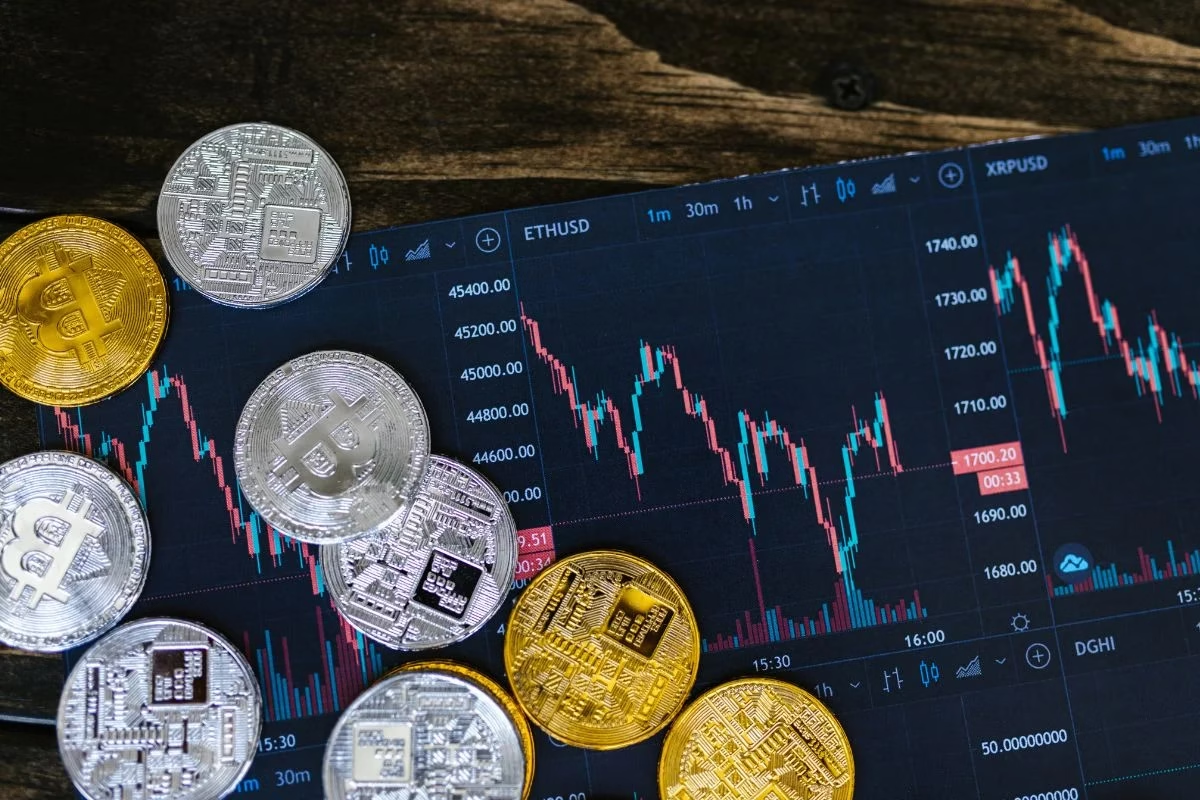In the digital age, crypto mines have revolutionized how we think about value, technology, and sustainability. These vast networks of computers work tirelessly to verify blockchain transactions, powering decentralized finance and digital economies. But behind the promise of financial freedom lies a complex system with significant environmental and ethical implications.
For sustainable creators whether in fashion, art, or design understanding crypto mines is crucial. How does crypto mining impact sustainability? Can blockchain technology be harnessed for ethical production? And what lessons can handmade fashion learn from digital decentralization? This article breaks down the essentials of crypto mines, revealing what every conscious creator should know about the future of digital and material economies.
What Are Crypto Mines and How Do They Work?
Crypto mines are the backbone of blockchain technology, serving as massive computational hubs that validate transactions and secure digital currencies. These mining operations use powerful computers to solve complex mathematical problems, a process known as proof-of-work (PoW). In return, miners receive cryptocurrency rewards, making mining an essential part of decentralized finance (DeFi).
Mining operations range from individual setups to large-scale facilities, known as mining farms, that consume significant energy. As the demand for cryptocurrencies like Bitcoin rises, so does the debate surrounding the sustainability and environmental impact of these mines. Learn more about mining infrastructure management to see how efficiency plays a crucial role.
Why Do Crypto Mines Consume So Much Energy?
One of the most frequently asked questions about crypto mines is why they require such immense energy. The answer lies in the proof-of-work algorithm, which demands vast computing power to maintain network security and decentralization.
Key factors contributing to high energy consumption include:
- Computational Complexity – The difficulty of mining increases over time, requiring more power.
- Specialized Equipment – ASIC (Application-Specific Integrated Circuit) miners use significant electricity.
- Cooling Needs – Large-scale operations generate heat and need cooling systems.
- Global Mining Networks – Crypto mines operate 24/7 across various geographical regions.
Efforts are being made to adopt more sustainable mining practices, such as using renewable energy sources. Explore strategic mining consultations for expert insights into optimizing efficiency.
Are Crypto Mines Harmful to the Environment?
The environmental impact of crypto mines has been a major topic of discussion. While mining offers financial opportunities, it also contributes to carbon emissions and electronic waste.
A comparison of crypto mining’s environmental impact:
| Factor | Traditional Mining | Crypto Mines |
|---|---|---|
| Energy Use | High | High |
| Carbon Footprint | Large | Varies (depends on energy source) |
| Resource Depletion | Yes | No physical resources required |
| E-Waste Generation | Moderate | High (due to outdated mining equipment) |
Some companies are moving towards more sustainable solutions, such as hydro-powered or solar-powered mining farms. Check out personal mining farm solutions to learn about eco-friendly alternatives.
How Can Crypto Mines Become More Sustainable?
The push for greener mining solutions has led to innovations in energy consumption and hardware efficiency. Sustainable mining practices include:
- Using Renewable Energy – Solar, wind, and hydroelectric power reduce carbon footprints.
- Energy-Efficient Hardware – Next-gen ASIC miners consume less power per hash.
- Carbon Offsetting – Some miners invest in reforestation and carbon credit projects.
- Proof-of-Stake (PoS) Shift – Alternative consensus mechanisms require less energy.
By integrating these practices, crypto mines can reduce their environmental impact while maintaining profitability. Browse mining shop solutions for energy-efficient hardware options.
How Do Crypto Mines Impact the Economy?
Crypto mining has transformed the global financial landscape, influencing various economic sectors. Some notable effects include:
- Job Creation – Technical roles in blockchain development and mining operations.
- Wealth Distribution – Access to decentralized finance opportunities.
- Inflation Control – Fixed supply of cryptocurrencies like Bitcoin.
- Energy Market Disruptions – Increased demand for electricity in mining hotspots.
Governments worldwide are evaluating policies to regulate crypto mining while balancing economic growth and sustainability. Check out mining services to understand the business opportunities available.
The Future of Crypto Mines
The future of crypto mines depends on innovation, regulation, and sustainable practices. With advancements in blockchain technology, energy-efficient mining hardware, and the rise of eco-friendly crypto initiatives, mining can evolve into a more responsible industry.
As the industry shifts towards cleaner energy and smarter mining techniques, sustainable creators and businesses can align their values with the digital economy. Whether you’re a miner, investor, or sustainability advocate, understanding crypto mines is essential in today’s world.



